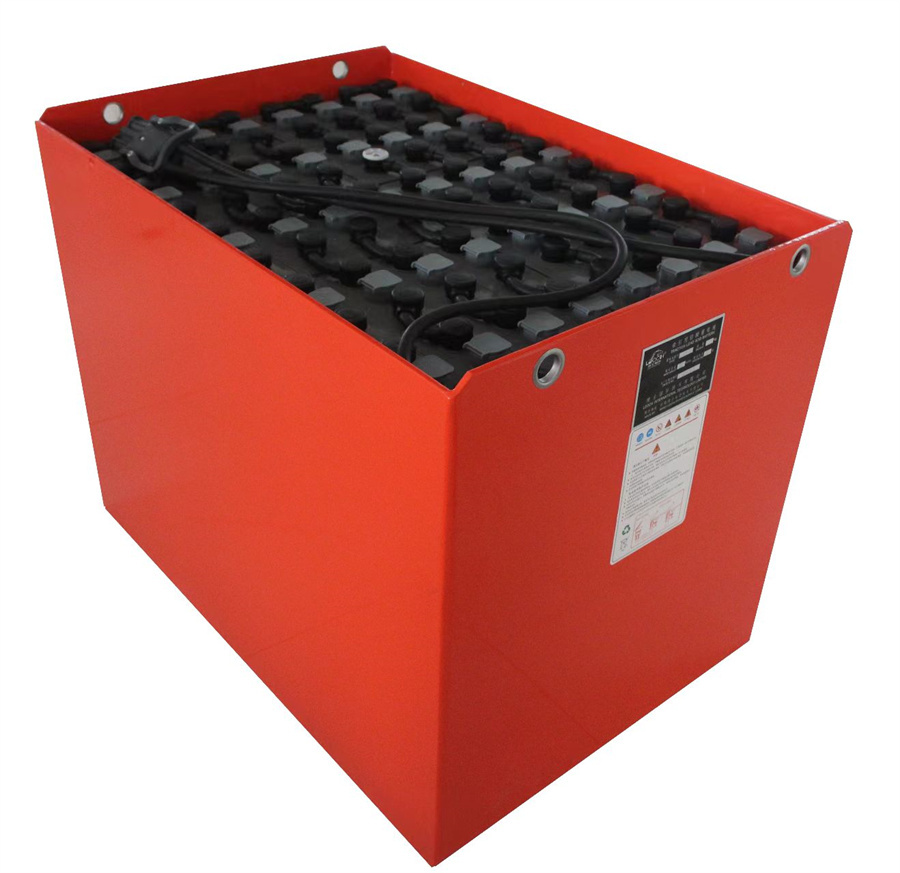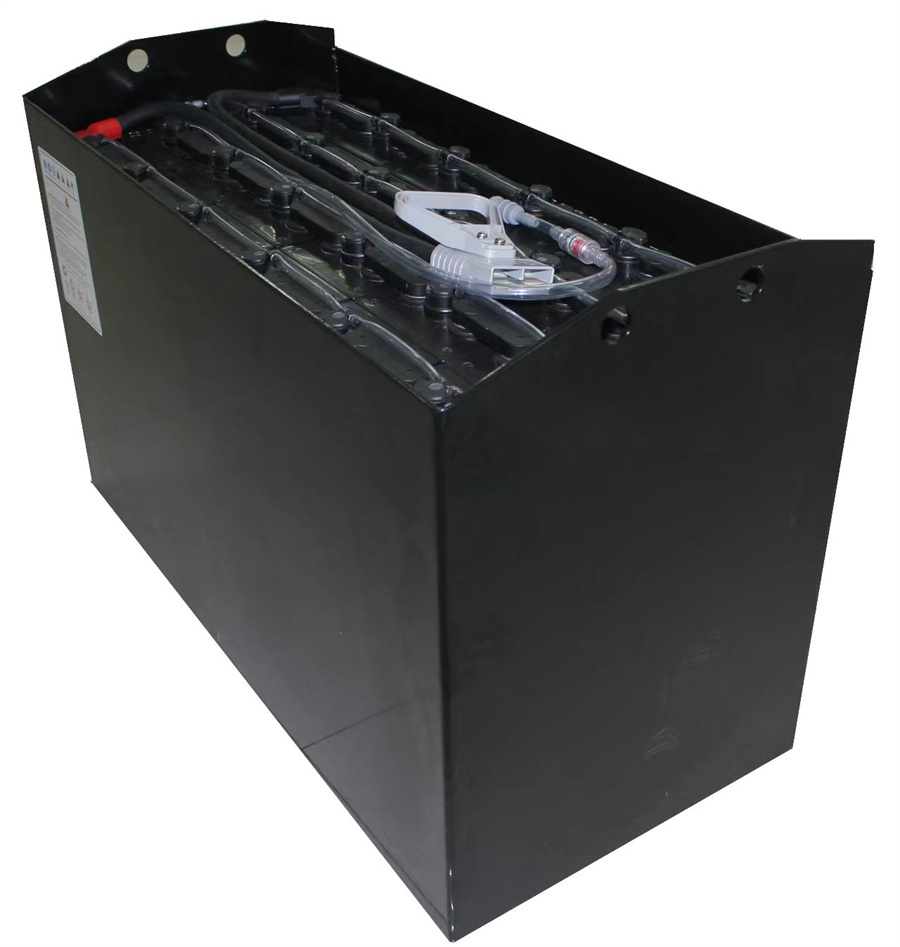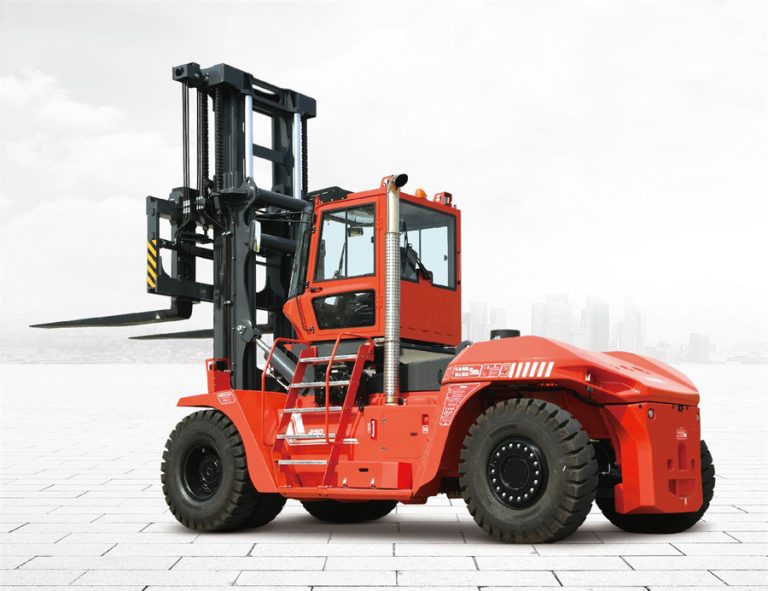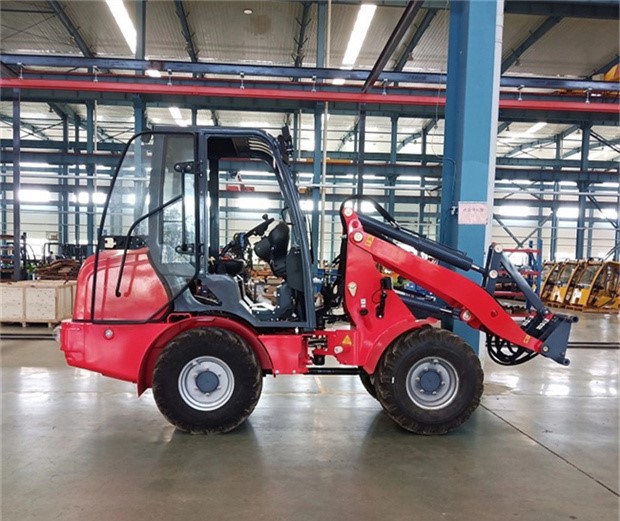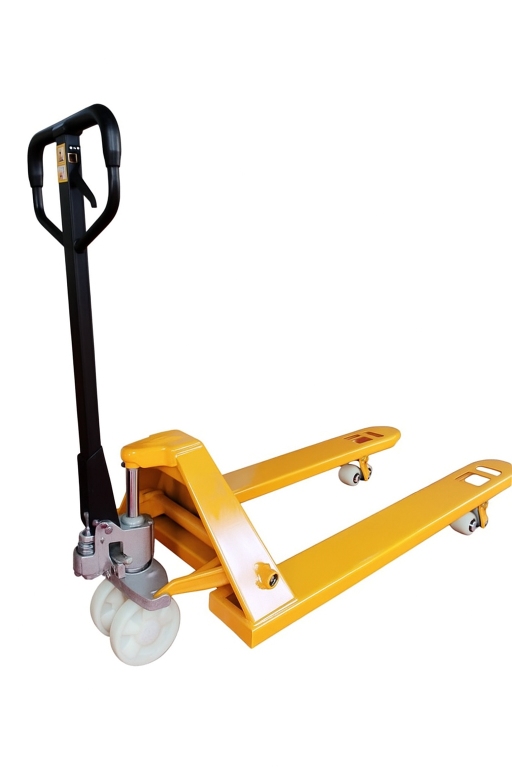Hey there, if you’re running a warehouse or handling heavy loads day in and day out, you know that a dead forklift battery can bring everything to a screeching halt. It’s frustrating, right? Picture this: your team’s hustling to meet deadlines, and suddenly, the forklift conks out because the battery gave up too soon. We’ve all been there—or at least heard the stories from folks in the industry. But here’s the good news: with a few smart habits, you can stretch that battery life way beyond the usual grind. We’re talking about turning a five-year average into something that keeps going strong, saving you cash and headaches.
In this post, we’ll dive into five proven tips to extend the lifespan of your forklift battery. These aren’t just theories; they’re backed by real-world experience from material handling pros. We’ll keep it straightforward, with some examples from busy warehouses I’ve seen, and throw in a table or two for quick reference. By the end, you’ll have actionable steps to keep your electric forklifts humming. Let’s get into it.
Why Battery Lifespan Matters in Your Daily Operations
Before we jump into the tips, let’s chat about why this stuff even matters. A typical electric forklift battery lasts around 1,500 charge cycles if you treat it right—that’s roughly five years of solid use in a standard setup. But neglect it? You could be swapping it out in half that time, and those replacements aren’t cheap. Think about a bustling distribution center where forklifts run two shifts a day. If batteries fail early, downtime adds up fast—lost productivity, overtime pay, and maybe even missed shipments. I’ve chatted with operators who swear by routine checks; one guy told me his team avoided a major breakdown just by spotting low water levels early. It’s those little things that make a big difference.
Plus, in today’s world, where efficiency is king, a longer-lasting battery means fewer interruptions and better flow. And yeah, it’s not just about the money—it’s about keeping your crew safe and the operation smooth. Alright, enough setup. On to the tips.
Tip 1: Keep an Eye on Electrolyte Levels and Watering
First off, maintaining the right electrolyte levels is like giving your battery a daily drink—it keeps everything balanced and prevents burnout. Batteries lose water through evaporation, especially in hot warehouses or during heavy use. Check levels every five charges, and top off with clean water that’s between 5 and 7 on the pH scale. Impurities? They’ll wreck the plates inside.
How to Water Properly Without the Mess
- Only after a full charge: This avoids overfilling and spills. Fill to about ¼ inch above the plates—those lead-acid ones you can see through the cell caps.
- Tools that make it easier: For small fleets, a simple canister works fine. Bigger operations? Go for a battery watering system that hooks up and shuts off automatically. No more guessing.
I remember visiting a lumber yard where they skipped this step once—ended up with cauliflower-like buildup on the plates, and the battery failed in under three years. Don’t let that be you. Data shows proper watering can push that 1,500-cycle mark higher by 20-30%, based on industry reports from heavy-duty users.
Tip 2: Regular Cleaning to Fight Corrosion
Corrosion is the silent killer for forklift batteries. That white, crusty buildup? It’s acid residue eating away at terminals and casings. Inspect weekly, and wash with a mix of water and neutralizer when you spot it. Dry thoroughly before charging—wet batteries are a recipe for shorts.
Step-by-Step Cleaning Guide
- Suit up with gloves and goggles—safety first, folks.
- Rinse in a designated area to catch wastewater (EPA rules apply here).
- Neutralize acid spots and wipe down.
In one manufacturing plant I know, they turned battery washing into a monthly ritual. Result? Their batteries lasted an extra year on average. It’s not glamorous, but it beats dealing with leaks or reduced capacity. Oh, and a quick side note: if your warehouse has dusty air from all that material moving, corrosion hits faster. Keep vents clean too.
Here’s a handy table to track your cleaning schedule:
| Week | Inspection Date | Corrosion Found? | Action Taken | Notes |
| 1 | MM/DD/YYYY | Yes/No | Washed/None | |
| 2 | MM/DD/YYYY | Yes/No | Washed/None | |
| 3 | MM/DD/YYYY | Yes/No | Washed/None | |
| 4 | MM/DD/YYYY | Yes/No | Washed/None |
Fill this out, and you’ll spot patterns early.
Tip 3: Charge Smart—Not Just Whenever
Charging isn’t rocket science, but doing it wrong shortens life big time. Only plug in when the battery dips below 30%—that’s key to preserving those plates. Use an industrial charger matched to your battery size; it monitors temp and prevents overcharging.
Best Practices for Charging Cycles
- Daily full charges: Let it complete the cycle, including a cool-down period.
- Equalize weekly: This overcharge process (follow your battery’s specs) breaks up sulfation and balances cells. Do it every 5-10 charges.
- Temperature check: Keep it under 115°F during charging. Open covers for airflow.
I’ve seen ops where rushed charging led to uneven cells—one battery would read full but drop fast under load. A friend in logistics fixed this by scheduling equalizes on weekends; their fleet’s uptime jumped 15%. And remember, rest the battery after charging. Rushing back to work? That’s like not letting your coffee cool—burns every time.
Tip 4: Store and Operate at the Right Temps
Heat is a battery’s enemy. Aim to keep it below 113°F in use—good airflow in the compartment helps. For storage, cool and dry is best; extreme cold or heat warps performance.
Real-World Temp Tips
- In hot climates, park in shaded spots or use fans.
- Monitor connections for wear—loose ones generate extra heat.
Picture a shipping yard in summer: batteries overheating from constant sun and loads. One operator I talked to added extra vents; problem solved, and batteries lasted longer. Data from field tests? Overheating can cut life by up to 50%. Not worth the risk.
Tip 5: Track Everything with Records and Monitoring
Last but not least, keep logs. Record charges, water adds, cleans—watch for drops in capacity. Battery monitoring systems track voltage, water levels, and more automatically.
What to Log and Why
- Daily use: Amp-hours pulled.
- Weekly checks: Capacity trends.
- Spot issues early: Leaks or damage.
In a warehouse I visited, detailed records caught a failing battery before it stranded a shift. They saved thousands. It’s like journaling your workouts—you see progress or slips.
Sometimes I wonder if we overthink this, but nah, the proof’s in the pudding. These habits turn average batteries into workhorses.
Meet JinChengYu FORKLIFT: Your Go-To Forklift Battery Supplier
Speaking of reliable gear, let’s give a shoutout to JinChengYu FORKLIFT. Based in Qingdao, Shandong Province, with killer transport links by land, sea, air, and rail, they’re all about top-notch material handling solutions. As a leading forklift battery supplier, they handle everything from electric counterbalance models (1-12 tons) to spare parts and accessories. Their philosophy? Continuous improvement and customer satisfaction. They’ve built a solid global network for sales, after-sales, and rentals. If you’re looking for durable batteries that fit these tips perfectly, check out their lineup—designed for heavy-duty performance in tough spots like construction or warehouses.
Conclusion
Wrapping this up, extending the lifespan of your forklift battery boils down to consistent care—watering right, cleaning up, smart charging, temp control, and tracking. Stick to these five proven tips, and you’ll squeeze more cycles out of your investment, keeping operations smooth and costs down. It’s not always easy in the daily rush, but the payoff? Worth it every time. Give it a shot, and watch your fleet thrive.
FAQs
How often should I check electrolyte levels to extend the lifespan of my forklift battery?
Aim for every five charges. It’s a quick peek that prevents big issues like plate damage. In hotter setups, do it more often—evaporation sneaks up on you.
What’s the best way to water a forklift battery without overdoing it?
Only after a full charge, and stop at ¼ inch above the plates. Use clean water, and for bigger fleets, a watering system saves time. Overwatering? Leads to leaks and headaches.
Can improper charging really shorten my forklift battery’s life?
Absolutely—charging below 30% or skipping equalizes builds sulfation. Follow the 1,500-cycle guideline with proper habits, and you’ll extend that lifespan noticeably.
Why is temperature important for forklift battery maintenance?
Heat over 113°F cooks the internals, cutting life short. Keep air flowing, and store cool. I’ve seen batteries fail early in steamy warehouses—don’t let it happen.
Are there tools to make extending forklift battery lifespan easier?
Yeah, monitoring systems track everything from voltage to water. Pair with good records, and you’re golden. It’s like having a battery babysitter.

